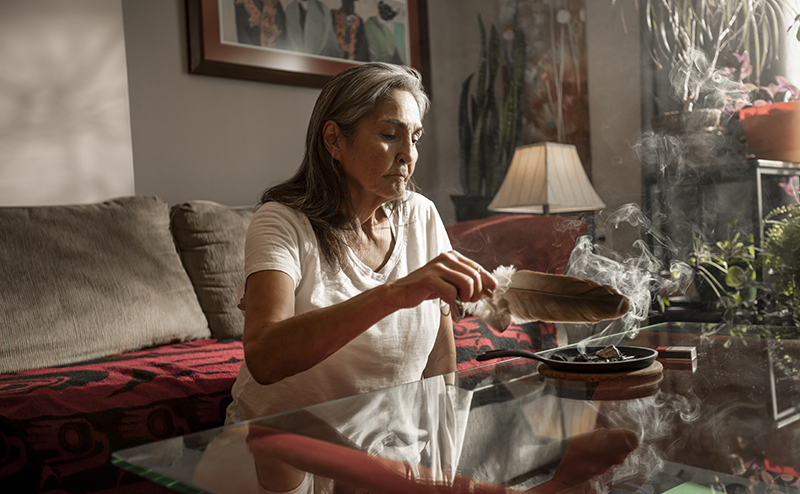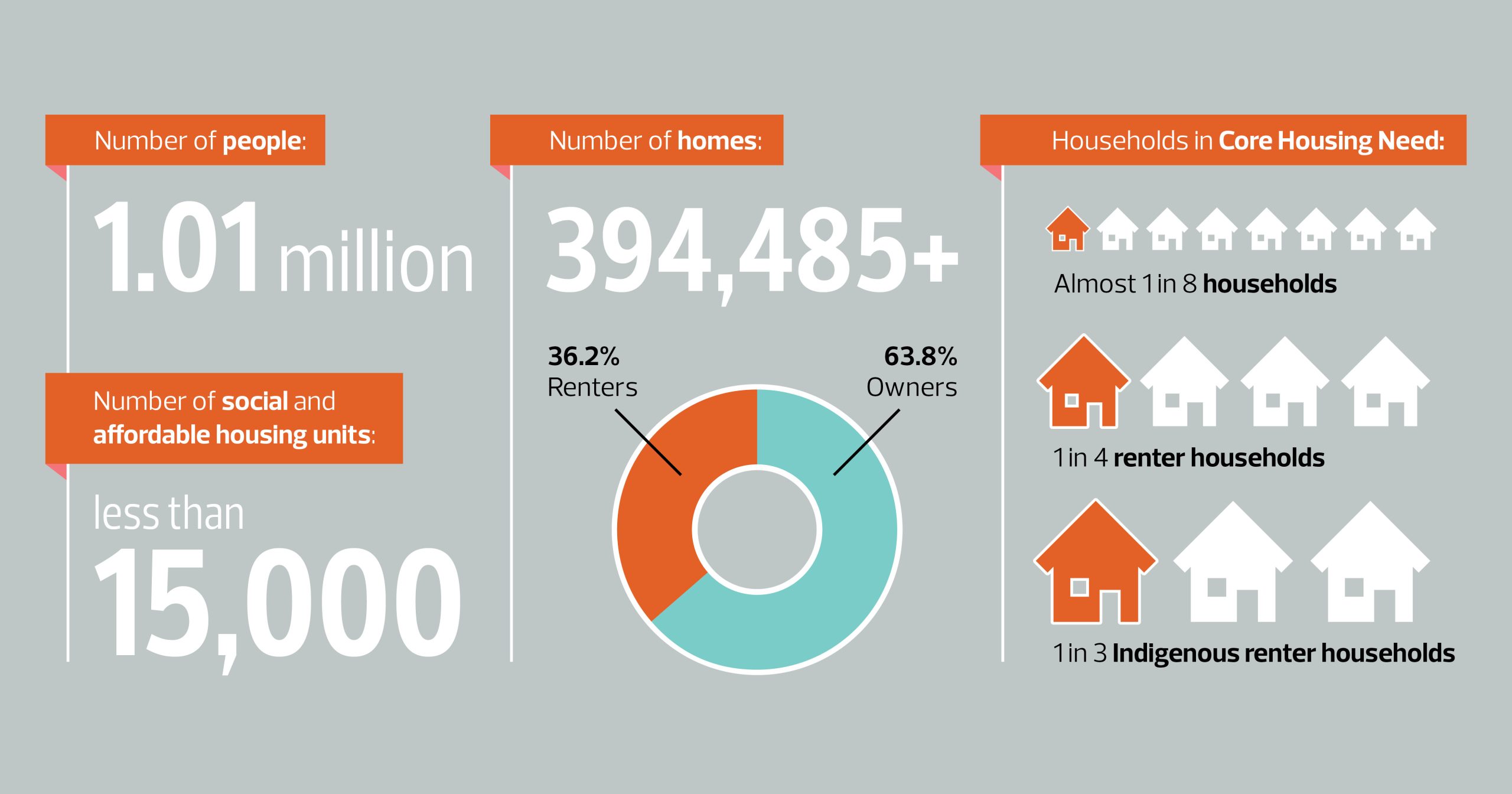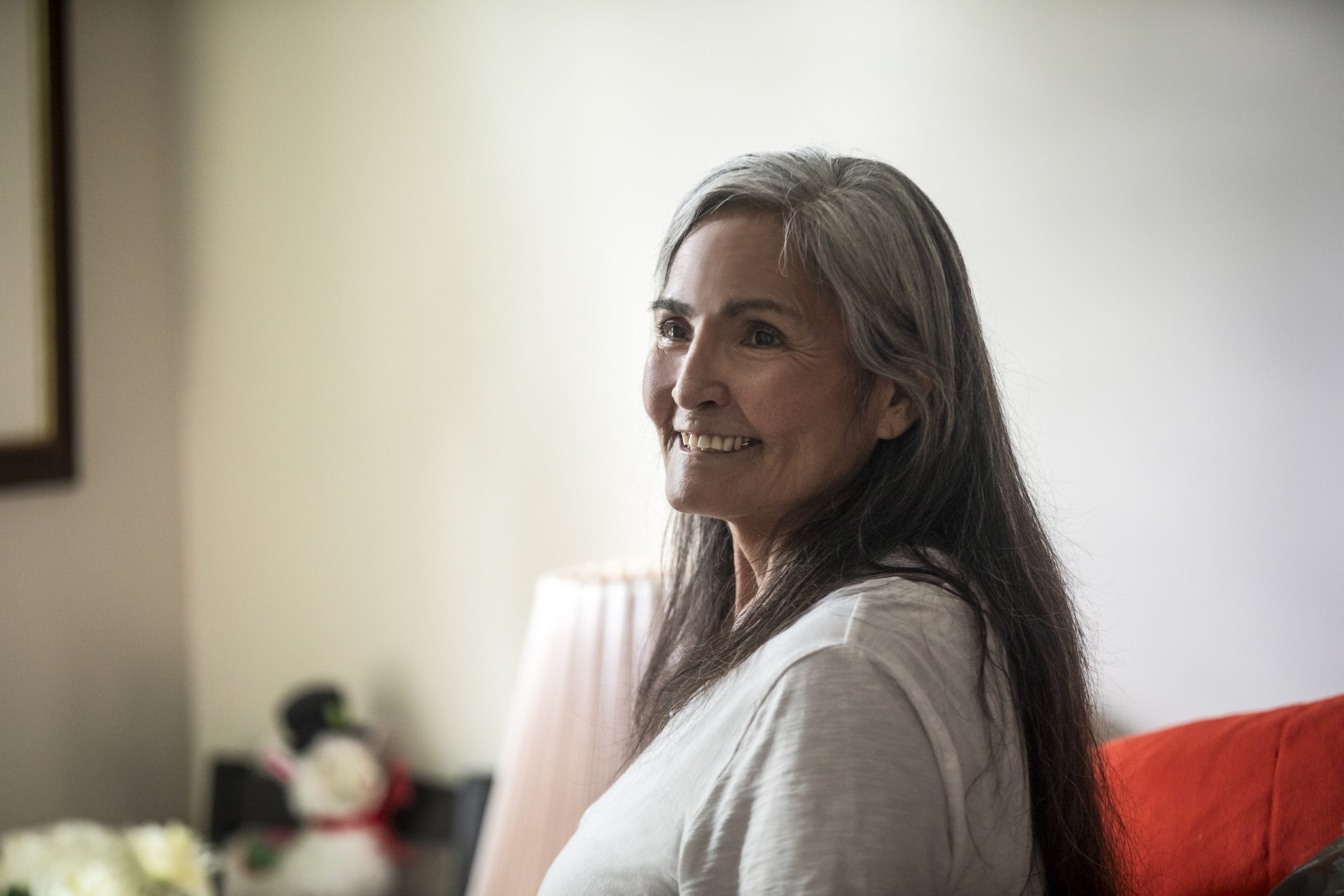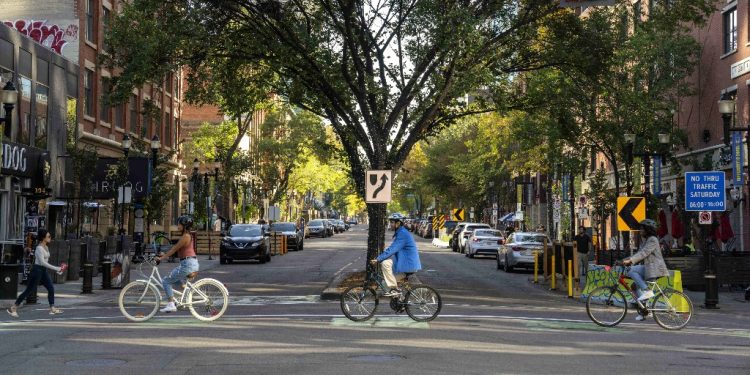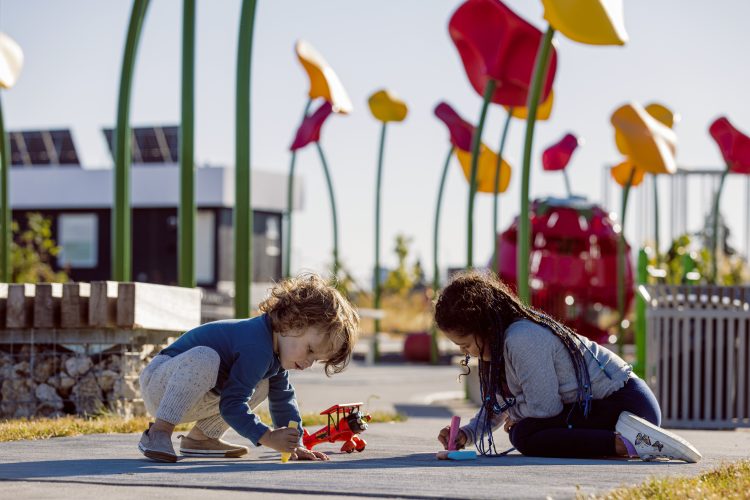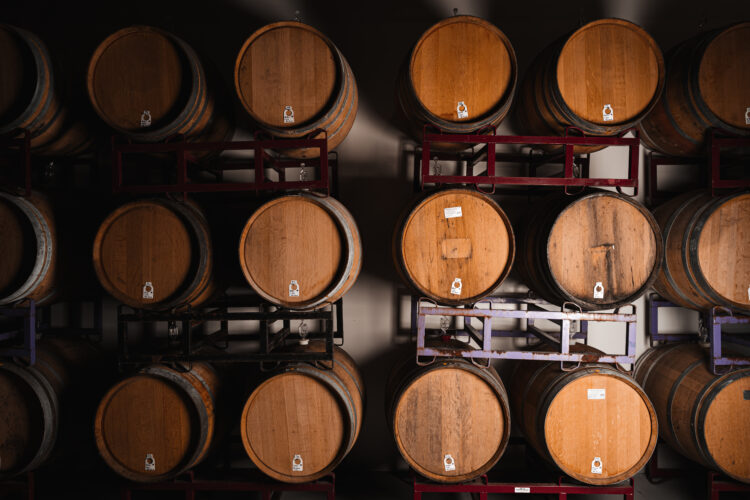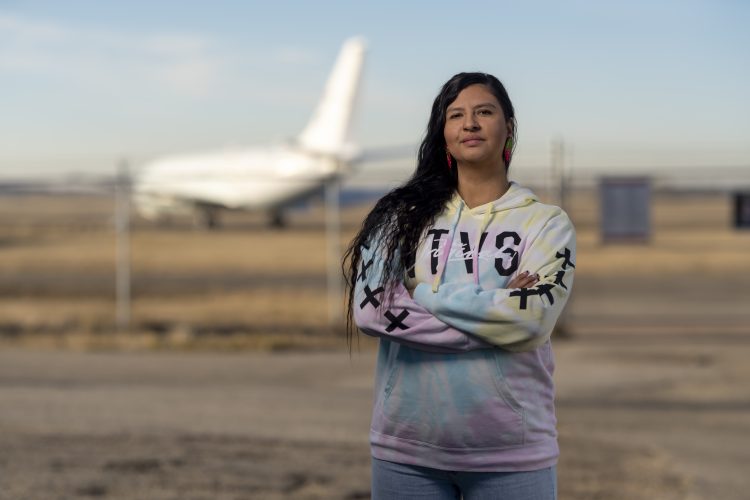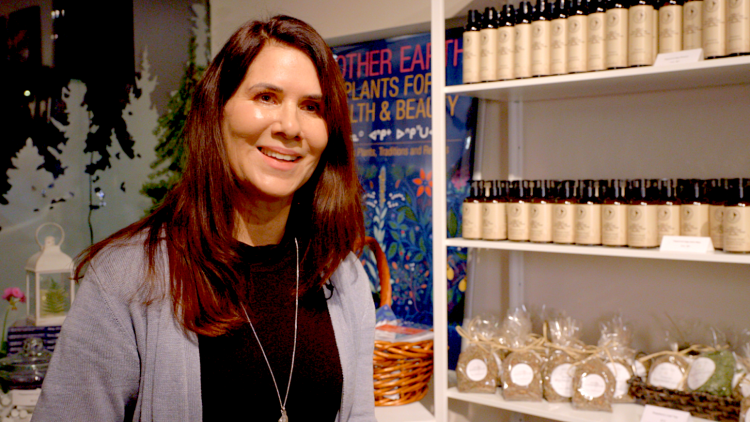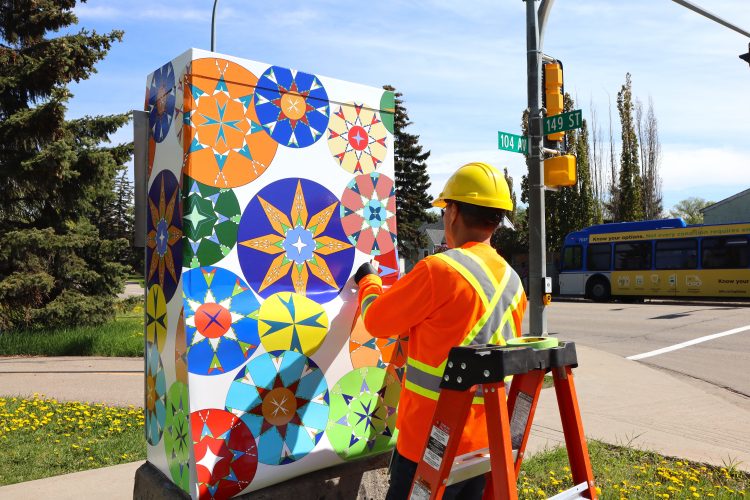What the City is doing
Housing need is a top concern and the City has been trying to make up for lost time.
Between 2019 and 2022, the City invested $133 million through its affordable housing investment plan to develop new options for struggling Edmontonians. More than 2,800 new affordable housing units were built or renewed, including 644 units of supportive housing. The City works directly with affordable housing providers, providing logistical support, surplus land, and construction grants.
Every dollar invested has attracted another four from other governments and partners.
There’s considerable range in affordable housing. Near-market rentals are often in mixed-income developments, offering a 20 per cent discount. On the other end of the spectrum is supportive housing, where rent is tied to income and on-site supports are available.
After Marilyn Bird was connected to NiGiNan Housing Ventures, she found her way into bridge housing, then a permanent supportive housing site in Belvedere. She has a beautiful, one-bedroom apartment decorated with art, plants and family photos. She has the cultural, social and medical support she needs. And she has a community where she can find meaning. She’s found her way out of hopelessness.

